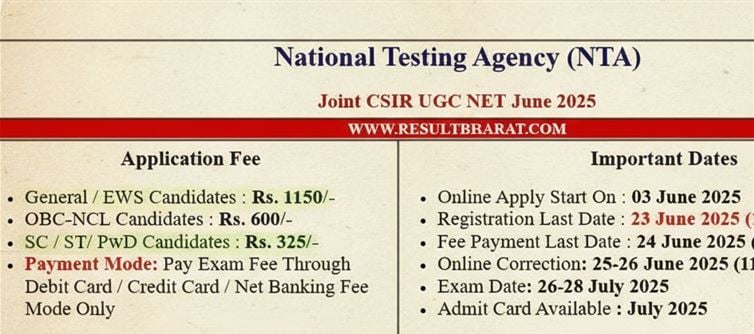
💥The Nation of Unequal Equals
A taxi driver’s child pays ₹1,150 to chase a dream.
An IAS officer’s child pays ₹325 for the same exam.
Both write the same paper. Both dream of the same future.
But one starts the race three laps behind — because equality in india isn’t about fairness anymore.
It’s about vote banks, legacy politics, and an outdated justice system wearing the mask of “social upliftment.”
⚖️ 1. When Justice Turns Into Arithmetic — ₹1,150 vs ₹325
The CSIR UGC NET 2025 fee structure looks bureaucratically bland — until you do the math.
General/EWS: ₹1,150
OBC (Non-Creamy): ₹600
SC/ST/PwD: ₹325
That’s 3.5 times more for a poor student from an unreserved background than a rich bureaucrat’s child from a reserved category.
Same exam. Same syllabus. Unequal entry fee.
Welcome to the indian paradox — where empathy has a caste.
🚖 2. The Taxi driver vs The IAS Officer
Imagine two children:
One studies under a flickering bulb after helping his father run a taxi till midnight.
The other has tutors, AC study rooms, and government perks flowing since birth.
Yet the latter gets the discount — because of a box checked on a birth certificate.
This isn’t equity. This is engineered inequality.
💸 3. The “Equality” That’s Costing Us Merit
Reservations were meant to level the field, not tilt the balance.
But decades later, what started as a temporary corrective measure has turned into a permanent political currency.
The poor general category student pays more, studies harder, and still gets fewer chances — all in the name of historical justice that ignores present reality.
Merit has become collateral damage in the politics of pity.
🧬 4. The Myth of the Marginalized Elite
Let’s talk truth: not every SC/ST/OBC student is underprivileged anymore.
Many belong to powerful bureaucratic or political families — with access to elite schools, coaching, and networks.
Yet, they still enjoy the same subsidies and quotas meant for the truly deprived.
It’s social justice without a sunset clause, benefits without boundaries.
The creamy layer is no longer invisible — it’s institutionalized.
🧠 5. Economic Weakness Knows No Caste
A taxi driver’s child, a tea seller’s daughter, a farm labourer’s son — if they’re from the “wrong” caste, they get no relief.
Meanwhile, an affluent child from a reserved category pays a fraction of their fee.
Poverty doesn’t discriminate. But policy does.
And the system still pretends this is equality.
🗳️ 6. Vote-Bank economics Masquerading as Empathy
Every election, the narrative repeats — “We stand with the marginalized.”
But in reality, this has become vote-bank socialism, not real social justice.
When the poor pay more than the privileged, it’s not policy — it’s politics.
The fee receipt itself becomes a symbol of India’s reverse discrimination.
🔄 7. The Reform india Refuses to Touch
It’s time to reimagine fairness.
Not by abolishing reservation — but by modernizing it.
Expand the EWS model to make income the true measure of need.
Tighten the creamy layer to exclude the well-off.
Cap benefits after one generation of upliftment.
Social justice should be a ladder, not a lifelong hammock.
💔 8. Equality, Rewritten by the Poor
In a nation that chants “Sabka Saath, Sabka Vikas,”
The irony is that those who drive the dream forward pay the highest fare.
The taxi driver’s child doesn’t just pay ₹1,150 in fees — he pays the price of being invisible in India’s caste calculus.
⚡ EPILOGUE: The Price of Being Equal
We don’t need sympathy-based socialism.
We need fairness-based reform.
Because when a system designed for justice ends up punishing the weak,
It’s not policy anymore — it’s institutional cruelty disguised as compassion.




 click and follow Indiaherald WhatsApp channel
click and follow Indiaherald WhatsApp channel